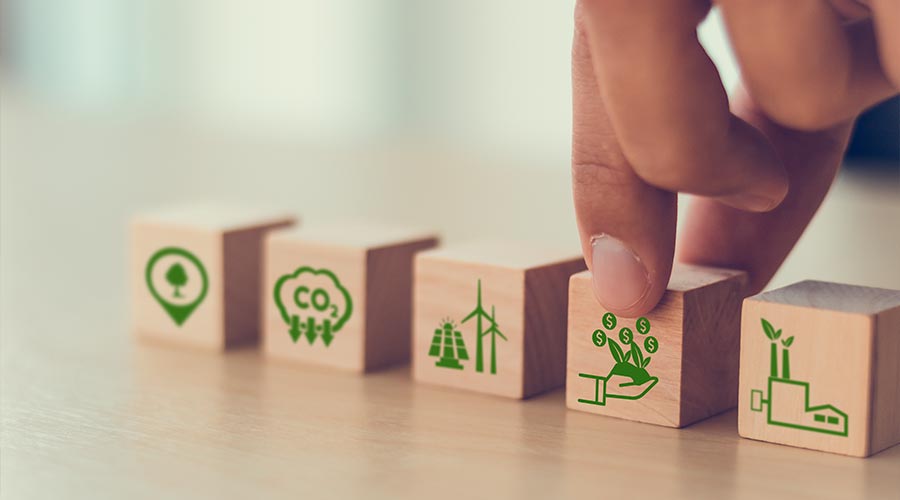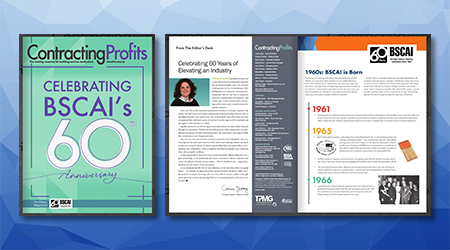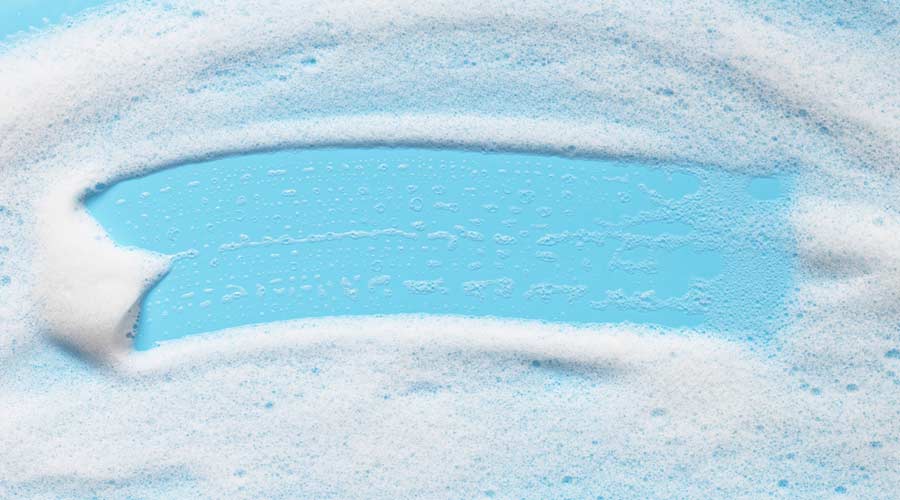
There are multiple benefits to becoming greener that jan/san distributors can tout to BSCs and facility cleaning managers. Doing less harm to the environment and reducing waste can certainly prove strong selling points. But maybe of even greater importance to these clients is that greener buildings can be safer, cleaner, healthier and more comfortable for occupants and staff.
Then there’s the perhaps unexpected benefit Franke mentions of creating a “positive brand image” resulting from showing concern over the comfort and wellbeing of those in the facility — something that can also assist in recruitment and retention.
Still, distributors will likely encounter some resistance. For one thing, “the custodial end-user world is normally not amenable to change,” says Jack Adelman, vice president of Education and Training for SouthEast LINK in Atlanta. Additionally, most end users need assurance that these products can clean as well as traditional options, requiring “patience” on the part of distributors to educate their customers. At the same time, distributors may have to overcome their own hesitancy toward promoting green options to their customers coupled with their inclination to keep things as they are.
“Instead, salespeople need to understand and display a passion to their customers that ‘going green’ makes sense from a performance perspective, worker safety, productivity, indoor and outdoor environmental impact and that doing so will not increase supply costs,” says Adelman.
Consider green floor pads and brushes, for example. Distributors should communicate to their customers why using green-certified options makes sense for their situation. For example, inform them that green floor pads typically last longer than traditional options, thereby lowering the actual operational costs.
Franke agrees that discussing total cost per ownership can be a good way to overcome resistance. He advises breaking down the costs per use rather than per unit, backing this up with data and studies showing their efficacy, durability and cleaning performance. Green pads may cost more initially, but because of their greater longevity, resulting in fewer change-outs, replacement and labor costs are lowered.
However, those who have been in the industry a long time may require more convincing, since they encountered early versions of green products that didn’t perform as well and carried steeper price tags than what they had been using, cautions Schneringer. But “economies of scale” have enabled him to show that green products are now actually “cost neutral” compared to conventional products.
“I tell people our company used to have a ‘green’ option and a ‘standard’ option for some products and that we were able to phase out the standard options because most people preferred the green, and it was less expensive,” Schneringer says.
Jan/san distributors should also be prepared to field questions from customers about what makes the product green, its makeup and packaging, and what the various certifications attached to them mean, among other points of inquiry. At the same time, distributors interested in digging deeper into sustainability should specifically query their manufacturers and suppliers, says Ashkin, adding that first distributors need to have a basic understanding themselves about what makes a product green and a company sustainable. Then, they should ask what the manufacturer or supplier means by “sustainable” and how they’re backing up that claim.
“If it doesn’t mean the same thing to everybody, it has no meaning,” Ashkin says. “It’s important to remember that sustainability is a goal. A never-ending pursuit to do better and get better. It’s a continuous evolution and why we often hear of sustainability as a journey — one that will go on for generations.”
Looking Ahead
What do sources see happening down the road when it comes to the cleaning industry and sustainability?
“As sustainability becomes a global priority, the shift toward sustainable cleaning is more than just a trend — it’s a meaningful commitment to health, safety and environmental responsibility.”
- Jack Adelman, vice president of Education and Training, SouthEast LINK
“I believe sustainability is fundamentally good business. Purchasers and investors want more information so they can make better decisions and increase sales, reduce costs and risks, and increase their competitive advantage.”
- Steve Ashkin, president, The Ashkin Group
“Sustainability is no longer just a trend, it’s becoming a key pillar that will shape product development, procurement, operations and customer expectations across the entire industry.”
- Dale Franke, vice president of Sales and Marketing, Acme Paper & Supply Co., Inc.
“I see sustainability continuing to be a macro trend that focuses on decreased impacts on human health and the environment. As time goes on, I see it continuing to be incorporated into Total Quality Management and Lean Six Sigma principles focused on waste reduction, improved resource utilization, data-driven decision-making and continuous improvement.”
- Keith Schneringer, senior director of Marketing JanSan + Sustainability, BradyPLUS
Pamela Mills-Senn is a freelance writer from Long Beach, California. She is a frequent contributor to Sanitary Maintenance.
Cleaning Products That Match Green, Sustainable Priorities

 Celebrating BSCAI's 60th Anniversary eBook
Celebrating BSCAI's 60th Anniversary eBook The Down and Dirty on Cleaning in Virus Season
The Down and Dirty on Cleaning in Virus Season How Surfactant Use is Expanding in Commercial Cleaning
How Surfactant Use is Expanding in Commercial Cleaning